Domestication Of The Horse: A Brief History
The history of the domestication of the horse is a fascinating subject that has intrigued people for centuries. From being purely used for transportation, to being used for sports, agriculture and many other purposes, horses have been part of human civilization for thousands of years.
Domestication of the horse began around 4000 BC, when horses were first used for transportation in Central Asia. Initially, horses were used only for their milk and meat, but as people began to realize their potential for transportation and in battle, their use gradually expanded.
- The first step of domestication began with the taming of wild horses, which were then used for transportation purposes.
- Over time, selective breeding led to the development of different horse breeds, each with its unique characteristics.
- Horses have played a significant role in various civilizations over the years, including the Greeks, Romans, and Mongols.
Today, horses are still used for transportation and various other purposes, such as sports, entertainment, and therapy. They are also kept and bred for their beauty and companionship. It is amazing to think that what began thousands of years ago as a simple method of transportation has become so important in human history and continues to be significant in our world today.
Understanding The Anatomy Of A Horse
Understanding The Anatomy Of A Horse
As an equestrian, it is essential to have a thorough understanding of a horse’s anatomy to take care of it properly. Knowing the different parts of the horse’s body and how it functions can help you prevent injuries and treat any physical issues that may arise. One of the most important parts of the horse’s body is the hoof. The hoof is made up of the outer shell, the frog, and the sole. Each of these parts has a significant role in the horse’s overall health.
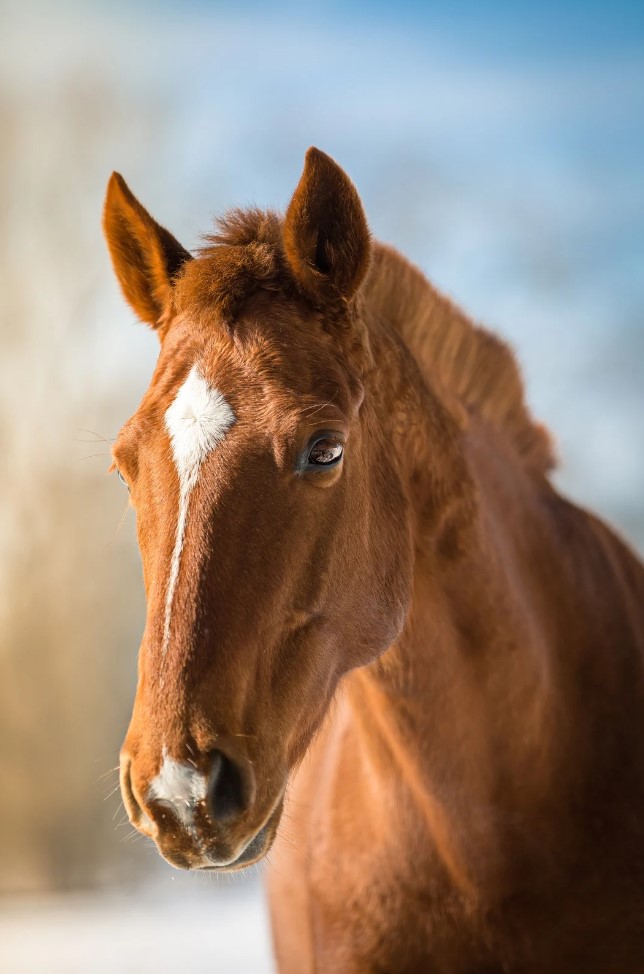
- The outer shell of the hoof is the hard covering that protects the sensitive inner structures. It is made of keratin, a tough and fibrous protein.
- The frog is the V-shaped, spongy structure in the center of the hoof, which allows the horse to absorb shock and distribute weight.
- The sole is the bottom of the hoof, which is also made of keratin. It serves to protect the sensitive internal structures while also providing traction.
In addition to the hoof, understanding the bone structure of a horse is also crucial. Horses have a total of 205 bones in their body, which are divided into four sections: the head, neck and trunk, forelimbs, and hind limbs. The different parts of the bone structure work together to provide the horse with movement and stability.
| Bone Structure | Description |
|---|---|
| Scapula | The shoulder blade bone, which connects the forelimb to the ribcage. |
| Humerus | The upper arm bone, which connects the shoulder to the elbow. |
| Radius and Ulna | The bones in the forelimb that connect the elbow to the knee joint. |
| Phalanges | The bones in the feet, which include the toe bone and the coffin bone. |
As you can see, a horse’s anatomy is complex and requires in-depth knowledge to keep it healthy and functioning properly. Therefore, if you’re looking to become an equestrian, it’s essential to invest your time in learning and understanding the anatomy of a horse.

Breeds Of Horses: A Complete Guide
When it comes to horses, there are countless breeds to choose from. Each one has its own unique traits and characteristics that make them perfect for specific purposes.
What are some of the most popular horse breeds?
- Thoroughbred: Known for their speed and agility, Thoroughbreds are often used in horse racing and other competitive sports.
- American Quarter Horse: These horses are great all-around performers, excelling in everything from racing to ranch work.
- Arabian: One of the oldest horse breeds, Arabians are known for their beauty, endurance, and intelligence.
- Morgan: These horses are versatile and hardy, making them perfect for everything from trail riding to driving.
How do you choose the right horse breed for you?
| Trait | Best Breed |
|---|---|
| Speed | Thoroughbred |
| Endurance | Arabian |
| Versatility | American Quarter Horse |
| Temperament | Morgan |
Ultimately, choosing a horse breed comes down to your specific needs and preferences. Whether you’re looking for a competitive sport horse or a loyal companion, there’s a breed out there that’s perfect for you.
The Role Of Horses İn Agriculture
Horses have been domesticated for thousands of years and have played an important role in agriculture. These magnificent animals have been used for transporting people, goods and ploughing fields for centuries. In the past, the use of horses was widespread all over the world, but today, their role in agriculture has decreased due to the introduction of machines.
Despite this, there are still many farmers who continue to use horses for various reasons, including their versatility, flexibility and ability to work in difficult terrains. Horses are also less damaging to the environment compared to machines, as they cause less soil erosion and damage to crops.
- One of the primary uses of horses in agriculture is for pulling farm equipment such as ploughs, harrows, and cultivators. These animals are highly efficient at pulling heavy loads and can work tirelessly for hours on end. Furthermore, they are highly adaptable and can work in small fields that are inaccessible to larger machinery.
- Horses are also used for planting and harvesting crops. They can be trained to walk in straight lines and pull equipment such as seed drills, fertilizer spreaders and harvesters. This work can be completed much faster and more effectively than by hand, while also reducing the need for labor.
Another important use of horses in agriculture is in transportation. They are used to carry farm produce and supplies to different locations. They are also used for herding livestock and maintaining pastures. In some countries, horses are still used for transportation and trade which is a major source of income for many people.
| Type of Work | Advantages of Using Horses |
|---|---|
| Ploughing fields and tilling soil | Less soil erosion, adaptable to terrains, less damage to crops |
| Planting and harvesting crops | Faster and more effective than manual labor, reduces the need for labor |
| Transporting supplies and produce | Can carry heavy loads, cost-effective |
In conclusion, horses still play an important role in agriculture today, despite the popularity of machines. They possess strength, flexibility and adaptability that machines lack, enabling them to work in diverse environments. Furthermore, horses are less damaging to the environment and can significantly reduce a farmer’s operating costs. Therefore, it is important that we recognize the value of these majestic animals and continue to use them in agriculture where possible.
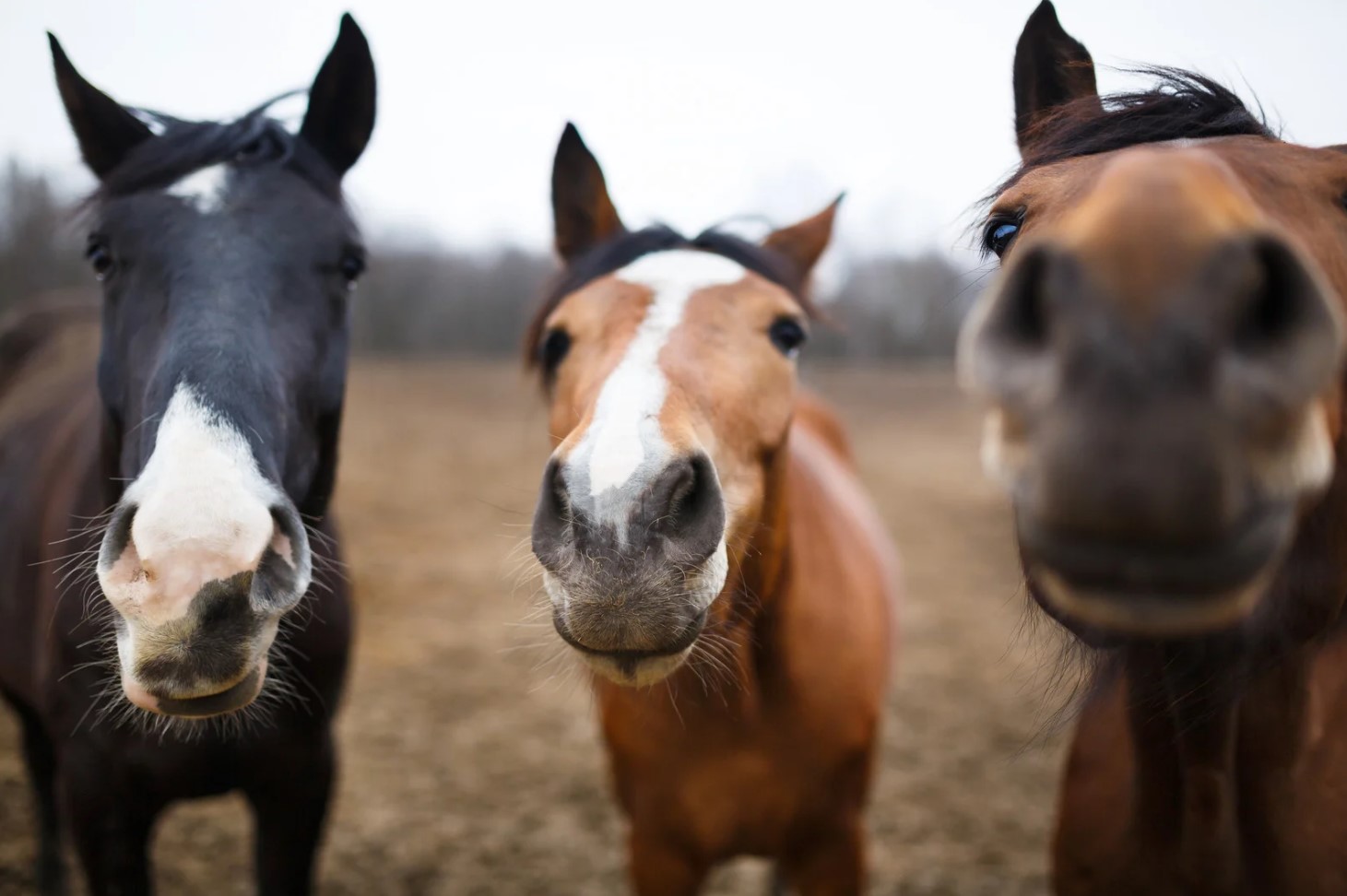
Horses İn Sports And Entertainment
Horses in Sports and Entertainment
For centuries, horses have been a part of human civilization, serving as reliable transportation and loyal companions to mankind. However, with time, horses have become more than just a method of transportation, and they are now an essential part of sports and entertainment. Many sports and entertainment events would not exist without the presence of horses, and they are a unique and valuable asset to these industries.
Horses in Sports
- Horse racing is one of the oldest sports in the world, with evidence of horse racing dating back to ancient Greece, Syria, and Egypt. Today, horse racing is a popular sport enjoyed by people all over the world, with events like the Kentucky Derby and Royal Ascot attracting thousands of spectators every year.
- Another popular horse-related sporting event is polo, a game played on horseback where two teams of players try to score points by hitting a small ball into the opponent’s goal using a long-handled mallet.
- Horseback riding is also a popular competitive sport, with events like dressage, show jumping, and cross-country requiring horses and their riders to work together to complete a challenging course.
Horses in Entertainment
- Circuses have long relied on horses to entertain audiences, with trained horses performing tricks like standing on their hind legs, galloping around the ring, and even jumping through hoops of fire.
- Horses have also played an important role in the world of film and TV, with many movies featuring horses as important characters. Some of the most famous horses in film include Black Beauty, the Black Stallion, and Seabiscuit.
- Finally, live shows like Medieval Times and the Lipizzaner Stallions have been entertaining audiences for decades with their impressive displays of horsemanship and unique performances.
Conclusion
It’s clear that horses play an integral role in both sports and entertainment, and their unique abilities and personalities make them a valuable asset to these industries. Whether they’re running on a racetrack, performing in a circus, or simply grazing in a field, horses are a beloved and cherished part of human culture.
The İmportance Of Horse Racing
The horse has been a faithful companion to humans for centuries. They have been used for transportation, agriculture, and even in recreational activities such as horse racing. Horse racing has been a popular sport for many years and has evolved into an industry worth billions of dollars worldwide. The thrill of watching powerful horses race to the finish line has captivated audiences for generations.
Horse racing plays an important role in the economy of many countries, creating job opportunities and generating revenue through betting and race attendance. The industry not only employs breeders, trainers, and jockeys, but also provides support to various businesses such as food vendors, media companies, and betting agencies.
- Breeding
- Training
- Jockeying
Successful horse racing depends on a combination of factors including genetics, training, and the skill of the jockey. Breeders aim to produce horses with the necessary attributes for racing, such as speed and endurance. Trainers play an important role in preparing the horses for racing by designing exercise programs and ensuring that the horses are well-fed and healthy.
| Country | Annual Betting Revenue |
|---|---|
| United States | $11 billion |
| United Kingdom | $3 billion |
| Australia | $2 billion |
The success of horse racing can be attributed to its ability to bring people together in celebration of a common passion. Whether it’s attending a race with friends or placing a wager on a favorite horse, the thrill and excitement of this sport is not one to be missed.
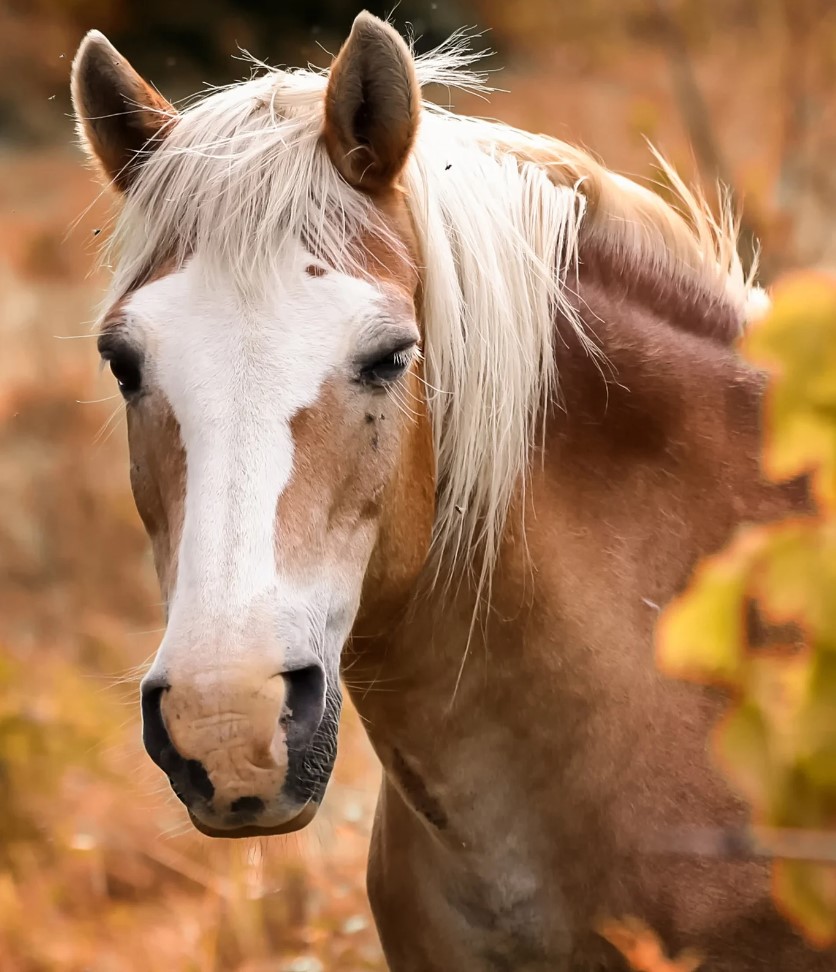
The Different Types Of Horse Riding
When it comes to riding horses, there are various styles that you can practice, each with different techniques and goals. Here, we will be discussing the different types of horse riding:
- Dressage: This style of horse riding focuses on the horse’s training and athleticism, with the goal of achieving precision, balance, and harmony between the horse and rider.
- Show jumping: In this style, the horse and rider must jump over a series of obstacles within a certain time frame. Accuracy, speed, and agility are crucial in this type of riding.
- Eventing: Eventing combines the disciplines of dressage, show jumping, and cross-country jumping, and requires athleticism, endurance, and accuracy from both the horse and rider.
- Western: This style of riding is often associated with cowboys and ranchers. Western riding includes events such as barrel racing, reining, and cutting, and focuses on the horse’s natural movements and versatility.
Besides these different styles of horse riding, there are also various activities you can participate in as a rider. Some of the most popular activities include:
- Trail riding: This is a leisurely activity that involves riding through natural landscapes such as forests or mountains.
- Competitive trail riding: Similar to trail riding, but with a competitive edge. Horses and riders must navigate through a marked course within a certain time frame.
- Endurance riding: This involves riding long distances at various speeds, usually up to 100 miles in a single day.
- Roping: This is a Western-style activity that involves roping and capturing cattle.
Overall, there are many different types of horse riding, each with their own unique challenges and rewards. Whether you are a beginner or an experienced rider, there is sure to be a style or activity that suits your interests and abilities.
Training Horses: Methods And Techniques
Training horses can be a rewarding but challenging experience for any rider, whether you’re an experienced equestrian or a beginner. There are many methods and techniques that can be used to train a horse, each with their own advantages and disadvantages.
- Positive reinforcement: This method of training involves rewarding a horse for performing a desired behavior, such as giving them a treat or verbal praise. It’s a gentle and effective way to train horses, as it helps to build a strong bond of trust between the horse and rider.
- Groundwork: This involves training a horse from the ground, before getting on their back. Groundwork can help to improve your horse’s balance and coordination, as well as their responsiveness to your commands.
- Saddle training: Once your horse is comfortable with groundwork, you can move on to saddle training. This involves teaching your horse to accept the saddle and bridle, as well as starting them off with basic riding commands.
It’s important to remember that each horse is different and may respond better to certain methods than others. It’s also important to be patient and consistent with your training, as horses learn best when they feel safe and secure.
| Method | Advantages | Disadvantages |
|---|---|---|
| Positive reinforcement | Creates a strong bond of trust, gentle approach | May not work for all horses, can be time-consuming |
| Groundwork | Improves balance and coordination, helps with responsiveness | Can be physically demanding, may take time to see results |
| Saddle training | Teaches basic riding commands, helps your horse get used to being ridden | Can be scary for some horses, requires experience to do safely |
By using a variety of training methods, you can help your horse to become well-trained and responsive to your commands. Just remember to be patient, consistent and always put your horse’s safety and well-being first.
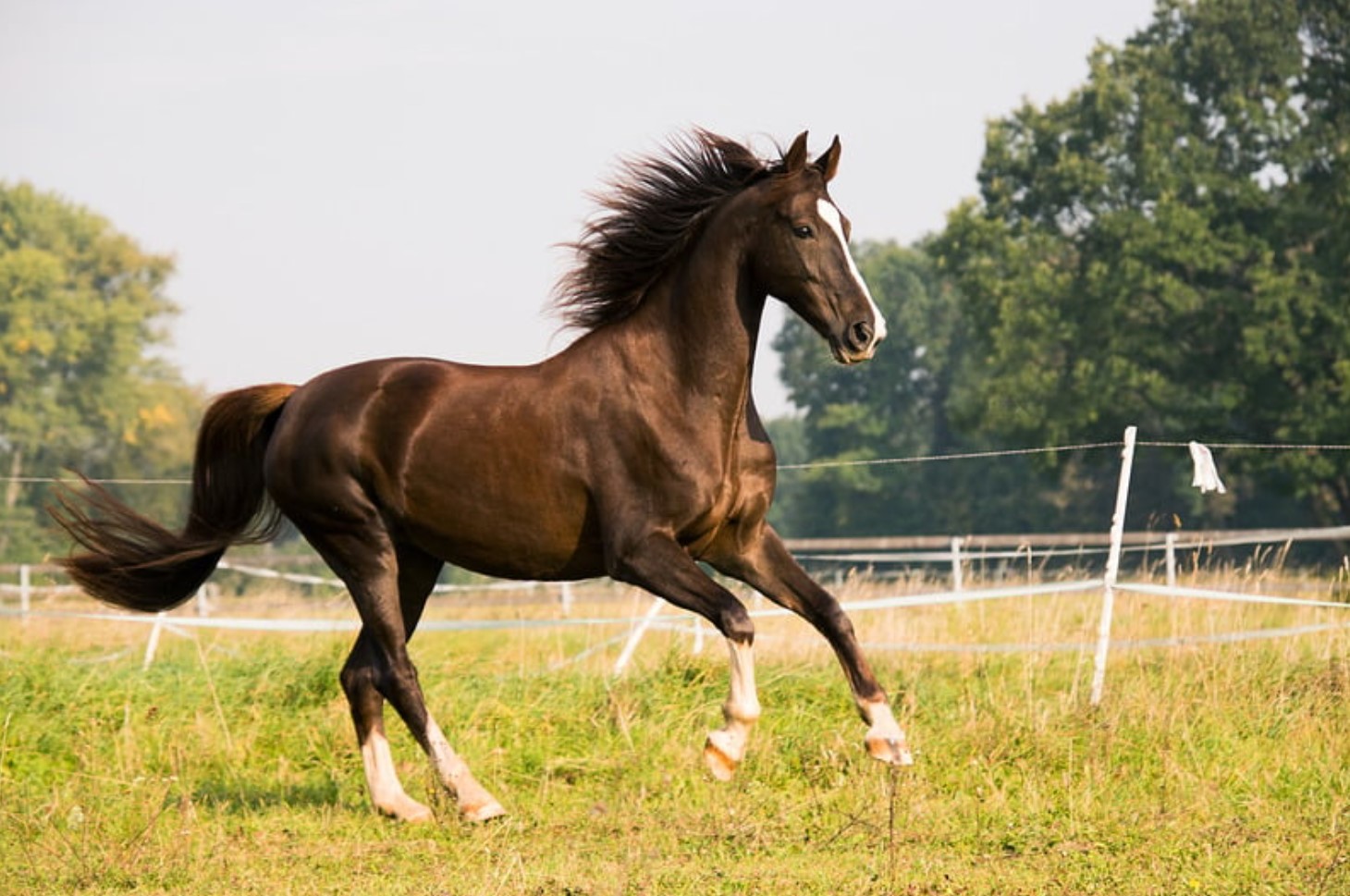
The Significance Of The Horse-human Bond
The horse-human bond is a unique relationship that has been formed over many centuries. Horses have been domesticated for thousands of years and have been used for a variety of purposes, including transportation, agriculture, and warfare. However, the bond between humans and horses goes beyond just practical use.
Horses are incredibly intelligent and emotional creatures. They have the ability to form strong bonds with their human counterparts, often becoming loyal and affectionate companions. The bond between a horse and its owner is built on trust, respect, and communication.
- The trust between a horse and human is critical to the relationship.
- A horse must trust its rider or handler to keep them safe and make the right decisions for their well-being.
Horses also have a unique ability to sense human emotions and respond accordingly. They are incredibly perceptive to body language and tone of voice, which allows them to become attuned to their owner’s emotional state. This connection can be incredibly therapeutic for both the horse and the human, providing a sense of comfort and security.
- There are many benefits to the horse-human bond, including physical, mental, and emotional benefits.
- Research has shown that spending time with horses can reduce stress levels, increase self-esteem, and improve overall well-being.
| Physical benefits: | |
|---|---|
| Improved cardiovascular health | Increased balance and coordination |
| Strengthened core muscles | Improved flexibility |
The horse-human bond is a powerful connection that continues to evolve and grow over time. Through mutual respect and communication, this bond can result in a remarkable partnership that provides countless benefits for both horse and human alike.
The İmpact Of Technology On Horse Breeds
For centuries, horses have served many purposes for humans. They were once used as a means of transportation, for farming and in warfare. As time passed, technology evolved and horses have found new roles in various industries, including horse racing and entertainment. However, the impact of technology on horse breeding and breeding programs have created both positive and negative consequences.
Technological advancements have greatly influenced the way in which horse breeds are developed, with artificial insemination and embryo transfer being two of the most notable developments. These new methods have allowed breeders to control mare breeding cycles, and use semen from stallions not physically close to the mare. This has greatly expanded the gene pool of horses, allowing breeders to introduce characteristics that may not previously have been available. Moreover, advancements in genetic testing and mapping allow breeders to identify genetic diseases and avoid breeding horses with those conditions. As a result, healthier and better-performing horses can be produced.
However, there is a downside to these technological advancements. Breeders and horse enthusiasts have become reliant on technology to produce the perfect horses, which has led to a decrease in genetic diversity. Moreover, breeders often favour breeding horses with desirable physical traits, rather than selecting for athletic abilities. This can create horses that may look the part for competitions, but do not have the physical ability to perform. Furthermore, these technologies have created ethical concerns as well, such as the use of hormone treatments to produce multiple foals from a mare, which can cause undesirable consequences for the mare’s health.
- In conclusion,
- technology has revolutionized horse breeding, with both positive and negative impacts on horse performance, health, and genetic diversity.
- It is important for breeders and horse enthusiasts to consider the long-term impacts of these new technologies, and carefully consider the horses they produce in order to prioritize the welfare of the animals.
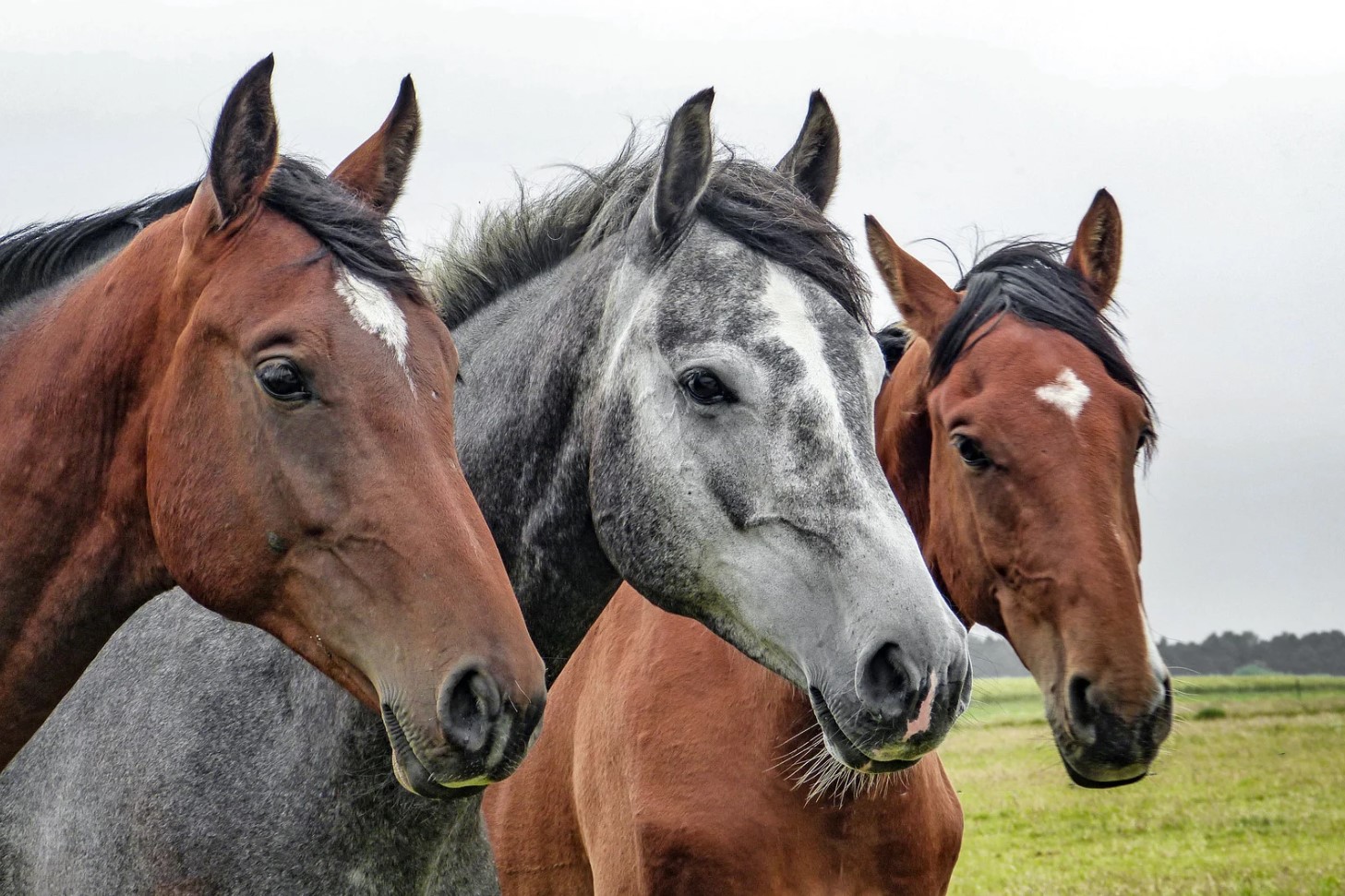
The Evolution Of Horse Transportation
Horse transportation has come a long way since the domestication of horses some 6,000 years ago. In ancient times, horses were used primarily for war, agriculture and transportation. The earliest mode of equine transport was riding, and humans rode bareback for centuries.
With the invention of the saddle, people could ride horses for longer distances and with more stability. As civilizations developed, horses were utilized more for transportation of goods in carts and carriages. This led to the creation of roads and bridges specifically designed for carriage transport.
The 19th century saw the introduction of the railroad, which transformed horse transportation as we knew it. Horses were used in the early days of railroads as draft animals to carry goods and materials to and from the construction sites. Once the railway network was established, horses were largely replaced by trains which could transport goods with unmatched speed and efficiency.
-
- Modern horse transportation
- The 20th century saw the rise of motorized transportation and the horse became less important. However, the horse still holds a special place in our hearts today and is often used in recreational activities such as horse riding and racing.
- Thanks to advances in technology, horse transportation has also seen a resurgence in recent years. Trucks and trailers are used to transport horses long distances, making it easier to transport horses for a variety of uses such as competitions, breeding and showing.
| Advantages of horse transport | Disadvantages of horse transport |
|---|---|
| Less expensive than motorized transport | Slower than other modes of transport |
| Environmentally friendly | Can be dangerous to both horse and human in certain conditions |
| Improves the health of the horse | Requires time and effort for maintenance and care |
In conclusion, the evolution of horse transportation has transformed over the years, from being used for war and agriculture to becoming a mode of transport for humans and goods. While technology has largely replaced horses in transportation, the horse still holds a special place in our hearts and continues to be used for recreational activities and breeding purposes today.
The Future Of Horses İn Society
Horses have been an integral part of human society for centuries. Our relationship with these majestic creatures goes beyond just providing us with transportation or sport. They have played a significant role in shaping human history, culture, and economy. However, with the advent of technology and changing lifestyles, the role of horses in society has been constantly evolving.
One of the most promising avenues for the future of horses in society is therapeutic riding. Equine therapy involves the use of horses to assist individuals with physical, mental, or emotional challenges. Horses have a calming effect on humans and can provide a sense of purpose and control. This therapy has been developed to help people manage a variety of conditions such as autism, PTSD, and anxiety.
- The second possible avenue is using horses for tourism. Horseback riding is a popular activity for tourists, especially in rural areas. It is a unique way to experience nature and learn about local culture. Horse riding trails can be developed to promote eco-tourism and also provide income for horse owners.
- The third possibility is the use of horses for sports. Although traditional sports like horse racing and polo continue to be popular, there is a rise in new equestrian sports such as mounted archery, horse surfing, and horse soccer.
However, it is important to note that the future of horses also depends on their welfare. With increasing urbanization, there is a decline in grazing lands and open spaces for horses. It is crucial to ensure that horses are given appropriate living conditions and care. Horse enthusiasts and organizations need to work towards their conservation and welfare.
| Pros | Cons |
|---|---|
| Horses can be used for therapeutic purposes | Horses require a lot of space for grazing and living |
| Horse tourism can promote eco-tourism and income opportunities | Traditional sports involving horses might not remain relevant in the future |
| New equestrian sports are emerging, injecting fresh excitement into the equestrian world | Conservation of horses and their welfare is a growing concern |
In conclusion, horses have come a long way and have been an integral part of the human story. The future of horses will be shaped by the changing social, economic, and technological landscapes. The development of new avenues for horse usage and their welfare shall contribute to the preservation of the species. Horses deserve our respect and adequate care for the role they have and will continue to play in society.
Famous Horses Throughout History
Famous Horses Throughout History
Throughout history, certain horses have become famous for a variety of reasons. Whether it be for their incredible feats of strength and athleticism or their role in important events, these horses have left a lasting impact on the world.
- Secretariat – This legendary Thoroughbred racehorse is widely considered one of the greatest of all time. He won the Triple Crown in 1973, setting records in all three races that still stand today.
- Bucephalus – Alexander the Great’s favorite horse, Bucephalus, was said to be fated for greatness from birth. He became Alexander’s partner in countless military campaigns and was known for his unparalleled bravery and loyalty.
- Copenhagen – This powerful stallion carried the Duke of Wellington to victory at the Battle of Waterloo in 1815, a key moment in English history. He survived the battle and lived out his days as a beloved member of the Duke’s household.
Other famous horses include Trigger, the trusty steed of Roy Rogers; Silver, the lone ranger’s loyal companion; and Black Beauty, the fictional horse whose story has inspired generations.
| Name | Claim to Fame |
|---|---|
| Secretariat | Winner of the Triple Crown in 1973, setting records in all three races. |
| Bucephalus | Alexander the Great’s favorite horse, who became his partner in countless military campaigns. |
| Copenhagen | Carried the Duke of Wellington to victory at the Battle of Waterloo in 1815. |
It’s clear that horses have played a significant role in history and have captured the hearts of people around the world. These famous horses serve as reminders of the incredible bond that can exist between humans and animals, and the incredible things we can achieve together.
The Role Of Horse Therapy İn Mental Health
Horse Therapy: A Healing Connection
Routine visits to the psychologist or therapist may feel like a chore to many people, especially those struggling with mental health issues. However, horse therapy or equine-assisted therapy has emerged as a unique and effective approach to treat anxiety, depression, post-traumatic stress disorder (PTSD), and other mental health conditions. Equine-assisted therapy has been around since the 1940s and has been steadily gaining popularity, with more and more individuals seeking out the connection and emotional healing found through horse therapy.
- The Benefits Of Horse Therapy
The benefits of horse therapy are numerous and have been documented through various case studies and research. One reason is that horses have a calming presence, which, in turn, can help relieve stress and anxiety. Besides, horses are prey animals, and they instinctively respond to changes in the body language of humans, adapting their behavior accordingly. This, in turn, helps people who are struggling with social anxiety, depression, or PTSD learn how to regulate and communicate more effectively in social situations.
During horse therapy sessions, patients learn how to work with horses, groom them, and even ride them if they feel comfortable doing so. Such activities can help build self-esteem and confidence since interacting with horses necessitates patience and discipline. Unlike traditional forms of therapy, horse therapy entails a different approach with a connection to nature. Maneuvering a 1200-pound animal can create a new sense of strength, courage, and control, unrivaled by other forms of therapy.
- Horses As The Ultimate Therapist
Horses function as the perfect therapist without using language. For many individuals, discussing mental health concerns can be challenging, and even listening to others talking about such experiences may be overwhelming. However, horses can create an atmosphere where individuals can feel comfortable expressing themselves without judgment. Horses are sincere companions that can provide a sense of ease and acceptance without any biases or judgment. Moreover, horses are brilliant at picking up non-verbal communication and can mirror emotions and behaviors, making horse therapy an effective way to address various mental health issues.
| Conclusion |
|---|
| Horse therapy is an innovative approach to treat mental health issues and has proven to be effective through various case studies and research. While traditional forms of therapy involve discussing and processing issues through language, horse therapy is a more holistic approach that connects individuals with nature and helps them form a unique bond with animals. By operating in this way, horse therapy provides a different experience that can benefit individuals who have not found success with other forms of therapy. In essence, horse therapy represents a special, innovative, and dynamic way to overcome mental health challenges and become more self-aware. |
Common İssues For Horse Owners And How To Solve Them.
Keeping a horse can be a wonderful experience, but it’s not without its challenges. There are several common issues that horse owners face, and it’s important to know how to solve them.
Grazing is one of the biggest challenges for horse owners, especially if you don’t have access to a lot of land. If you’re struggling to find enough grazing for your horse, consider rotating pastures or using a track system. You could also consider creating a dry lot to control grazing and supplementing your horse’s diet with hay.
- Rotate pastures
- Track system
- Dry lot
Health Issues are also a common concern for horse owners. It’s important to work closely with your vet to ensure your horse’s health and wellbeing. Some common health issues include colic, laminitis, and respiratory problems. Maintaining a healthy diet and regular exercise regimen can help keep your horse healthy.
- Work closely with your vet
- Maintain a healthy diet
- Regular exercise regimen
Hoof Care is another important aspect of owning a horse. Poor hoof care can lead to a variety of problems, including lameness and discomfort. Regular trimming and shoeing can help keep your horse’s hooves healthy, and you should also make sure to keep the area clean and free of debris.
| Hoof care tips: |
|---|
| Regular trimming and shoeing |
| Keep hooves clean and free of debris |
By being aware of these common issues and taking steps to address them, you can help ensure a happy and healthy life for your equine companion.